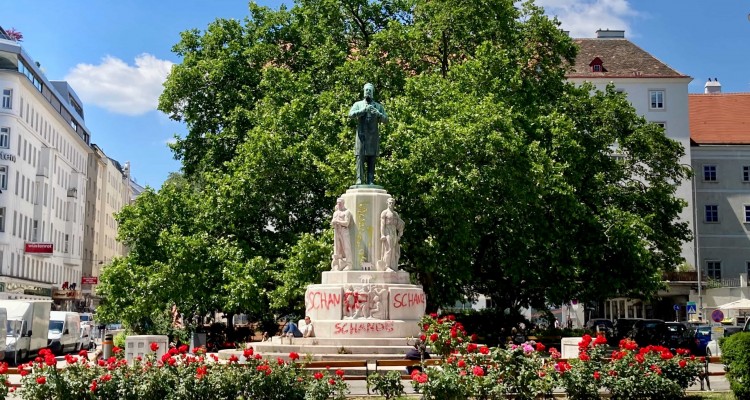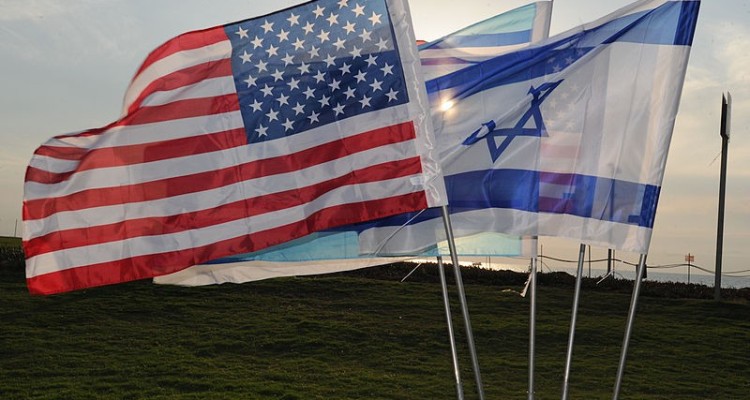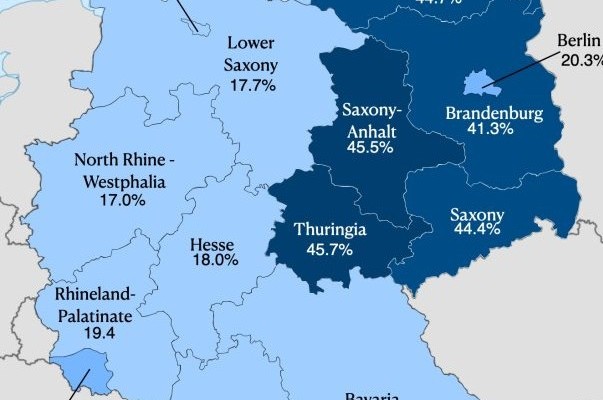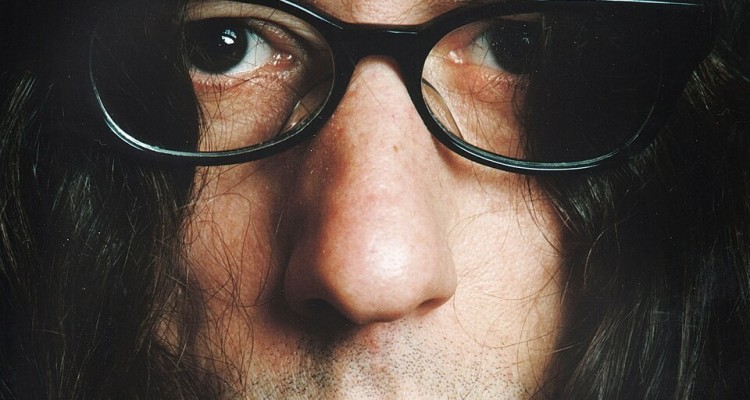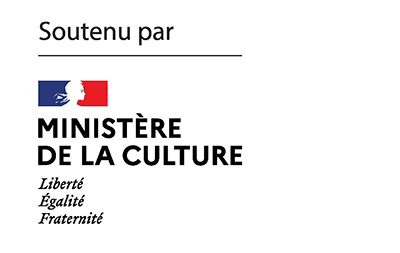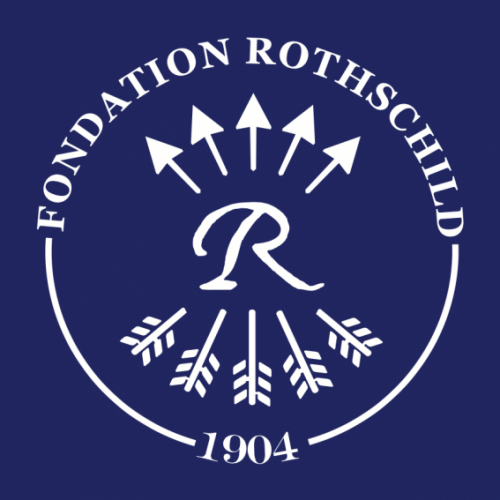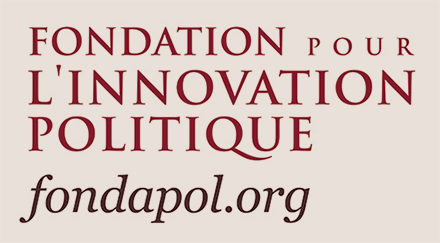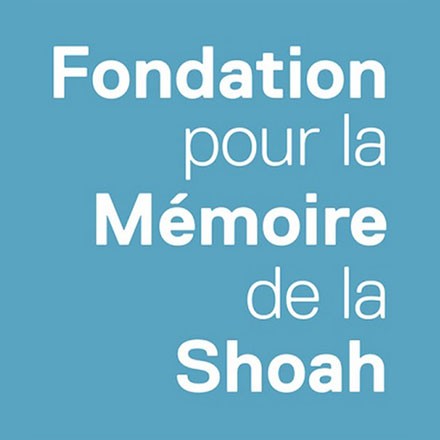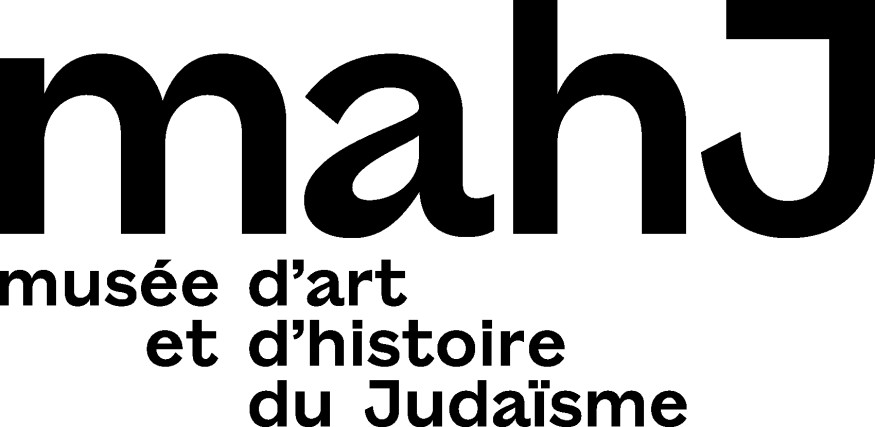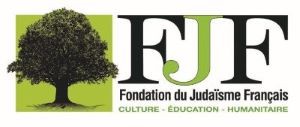Is the revival of the Jewish community in Vienna a sign that a new form of diasporic Jewish existence is emerging? This is the stance of Julie Cooper and Dorit Geva who, following the schema of the historian Simon Dubnow, decipher the emergence in Europe of a new form of community, not nationalized, but inserted into a pan-European context. It could serve as a model, capable of becoming an alternative to the national form embodied in the State of Israel and that (perhaps in decline after having dominated) of American Judaism.
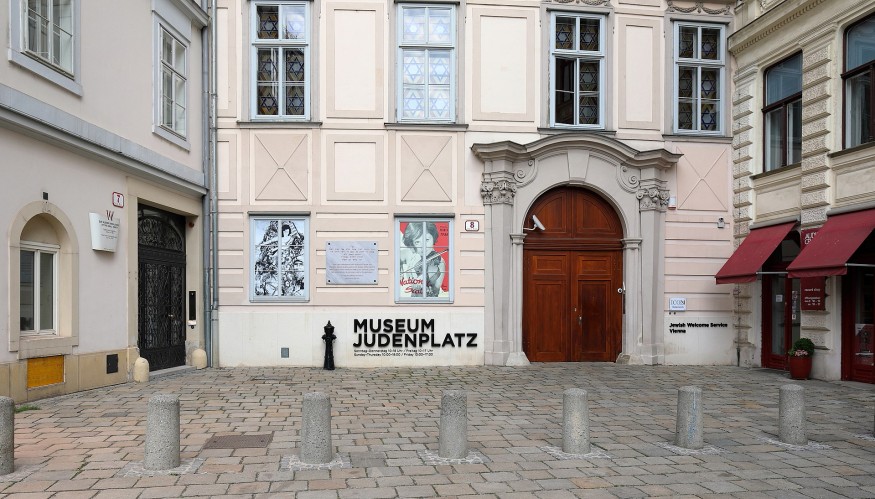
On a warm summer evening in Leopoldstadt, Vienna’s traditional Jewish district, a polyglot group of Jewish women gathered for a moms’ night out. Emerging from months of strict lockdown, the women had ebulliently gathered at a kosher Bukhari restaurant, talking over the sounds of children of Turkish and Bosnian immigrants playing football on the still-gentrifying city square.
Shifting between German, English, Russian, and Hebrew, each woman shared her unique immigration trajectory to Vienna. One had arrived from Israel as an adult after marrying a Viennese Jew. Another had grown up in Vienna after her parents had emigrated from Russia in the final years of the Cold War. One was born in Flemish-speaking Belgium to a family which had emigrated from Georgia in the former Soviet Union. Three women, born and raised in Vienna, descended from families that had fled socialist Central Europe in the 1950s.
Passions suddenly flared as debate erupted over the language curriculum priorities of their children’s school, the Zwi Perez Chajes Jewish community school of Vienna. Should Hebrew be mandatory for secondary school pupils, or should the school extend its European-language curriculum instead? Which linguistic past, and which linguistic future, should the school cultivate for children of the Viennese Jewish community?
References to Israel and America, the dominant centers of world Jewry for much of the twentieth century, were largely absent from the debate. None of the women pointed to American Judaism as a model for Jewish education. Nor was Hebrew education cast as preparation for Aliya. Some saw Hebrew as an important Diaspora language, while others weighed fluency in Hebrew against the value of multilingualism in cosmopolitan Europe.
A Jewish Viennese women’s night out offers intriguing hints regarding more profound transformations in the geography of diaspora Judaism in the twenty-first century.
The most influential commentators on contemporary Jewish politics tend to adopt the vantage point of metropolitan centers like New York and Tel Aviv. Views on European Judaism focus on communities in decline in the UK and France. But Jewish politics look markedly different when viewed from Vienna’s Leopoldstadt. The small but vibrant Jewish community of Vienna is emerging as a center of a new kind of world Jewry made possible by the European Union – which offers an alternative to the nation-state, the political model that largely dictated Jews’ political options from the mid-twentieth century onwards.
Neither a provincial backwater, nor at the core of any nationalist political theology, small Jewish communities in cities like Frankfurt and Vienna are strongly oriented around their local communal life, and their lateral relations to sister communities federated under the European Union. Europe’s largest Jewish communities (France and Britain) arguably retain a national orientation.
In the smaller communities of Central Europe, however, an independent European Judaism is beginning to emerge, whose concepts are taken not from the nation-state but from the EU’s federal structure. Developments in European Judaism hold out the prospect of a new political grammar, in which the range of available Jewish ideologies expands beyond ethno-nationalism (Israel) and liberal individualism (North America) to encompass transnational federations built upon communal autonomy.
A Global Jewish Interregnum?
The time has come to pay attention to what happens in Leopoldstadt. Once we reintroduce Europe into the conversation, we can begin to see that the political alignments that have shaped Jewish life and thought since the mid-twentieth century are collapsing. The period in which the United States and Israel reigned unchallenged as the dominant centers of modern Jewish life is coming to a close. The current moment looks less like a coronation and more like an interregnum – a transitional period in which the old political configurations are waning and a new hegemonic order has yet to emerge.
How might our sense of political possibilities change once we accept that the Israel vs. North America binary fails to capture shifting centers of Jewish gravity at this transitional moment?
Glimpses of our present and future can be divined by returning to early twentieth-century historian Simon Dubnow, who famously narrated Jewish history as a story of shifting “hegemonic centers.” As the founder and leading ideologue of the Russian Folkspartey, Dubnow demanded national minority rights for Eastern European Jews. Dubnow presented his diaspora nationalist platform as the latest chapter in the Jews’ dogged pursuit of autonomy in the places of their dispersion.
Starting with the autonomous Jewish communities of Africa and Asia Minor in the Hellenistic period, Dubnow traced the rise and fall of communities whose cultural influence extended far beyond their immediate context. As the center of Jewish gravity shifted from Babylonia in late antiquity to Europe in the early middle ages, Dubnow relates, “the national thread continues to be woven. Hegemony passes from center to center: from Spain to France and Germany, from there to Poland and Russia.” In Dubnow’s story, the rise of a new center inaugurates a new period within the annals of Jewish history.
As early as 1925, Dubnow foresaw the lineaments of a bi-polar Jewish geography, in which the communities in Palestine and North America were positioned as rival claimants to hegemony. Given the devastation that WWI visited upon Eastern European Jews, Dubnow predicted, “the prospects for the future indicate, if not a total turn toward the Orient, in the form of a resuscitated Palestine, at least a rivalry for national hegemony between East and West, between Palestine and the European-American diaspora.” Adopting a more pessimistic tone as the skies darkened in 1939, Dubnow mourned the imminent demise of the European center, further cementing the ascendance of Palestine and North America. The events of what Dubnow called “Haman’s Time” (1938-39) rendered inescapable the conclusion that America and Palestine would become the new centers of World Jewry.
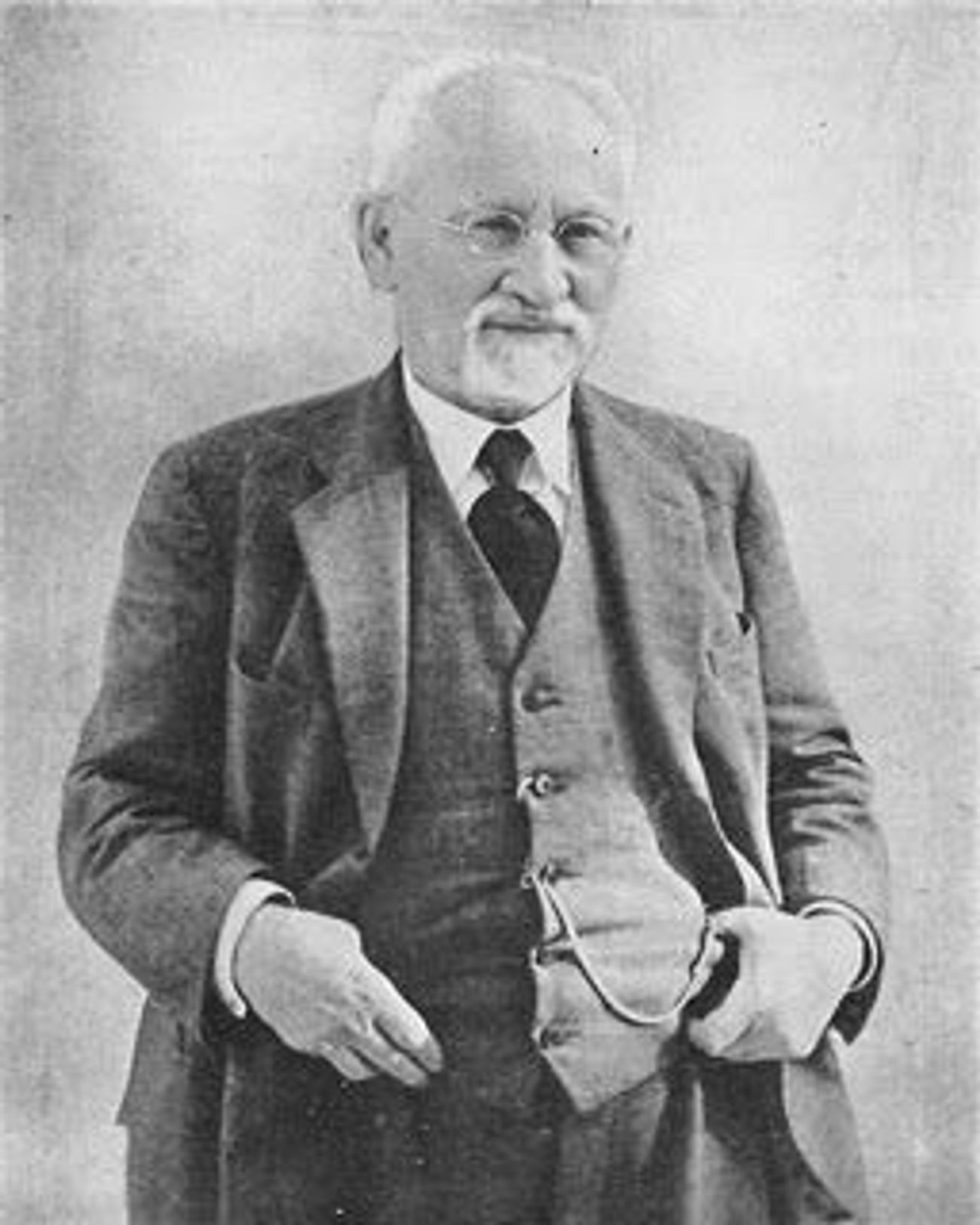
As Dubnow predicted, in the post-WWII era, the United States (or, perhaps, North America) has reigned unchallenged as the hegemonic center of the Jewish diaspora. By far the largest, wealthiest, and most powerful diasporic community, North American Jewry has decisively shaped Jewish culture in ways both formal (philanthropy, diplomacy, and political advocacy) and informal (the embrace of American Jewish fiction, film, and television). American Jews have not only exported a distinctive vision of what it means to be Jewish – they have also served as the primary counterweight to Israel.
In the fierce debates about the state of Jewish politics that rage in the English-language and Hebrew press, Europe has largely been forgotten. Countless articles have mourned the yawning gap between the political attitudes of American Jews and their Israeli counterparts. The political positioning of European Jews, by contrast, inspires comparatively few deep think pieces.
When Europe is mentioned in popular assessments of the “state of the Jews,” it is usually in the context of rising anti-Semitism, prompting speculations about the likelihood of mass emigration to Israel. This framing presumes a bipolar Jewish geography centered around the competing claims of two Jewish communities whose identities are grounded in the nation-state. As a result, Jewish political debates are framed around the dilemmas that the nation-state poses and the options that it affords (i.e., liberalism vs. nationalism, universalism vs. particularism).
Inspired by Dubnow, we argue that we are currently witnessing the dawn of a new period in Jewish history, as hegemonic configurations of power shift. In many respects, the post WWII period confirmed Dubnow’s speculations about the reconfiguration of the Jewish world around two competing poles. According to Dubnow’s own criteria, however, this period has begun to wane. It is no longer the case that Israel and North America exhaust the possibilities for contemporary Jewish existence – nor do they dictate the terms of debate for some European Jews.
We can glimpse widening fractures in the post-WWII order if we analyze predictions of American decline that proliferated with the onset of the pandemic – predictions that were amplified and confirmed by the storming of the capitol on January 6th. Recent events have gravely damaged the prestige of the United States. In venues as diverse as The Nation, The Atlantic, and Foreign Affairs, critics have declared “the end of the American century” and “the decline of the American world,” detailing “how American hegemony ends.” Whether celebratory, laden with regret, or just plain baffled, diagnoses of American decadence were one of the signature topoi of the Trump era.
Predictably, these litanies have prompted parallel eulogies for American Judaism, whose “Golden Age” is said to have ended. Writing in Tablet, American writer Adam Garfinkle cites factors including assimilation, the purportedly hostile climate in the Democratic party (the Jews’ erstwhile political home), and growing nativism as harbingers of imminent decline. Garfinkle predicts a demographic implosion in which secular and liberal Judaisms wither away, leaving the Orthodox the last Jews standing in America. And given their alienation from what Garfinkle sneeringly calls “‘progressive,’ post-Enlightenment culture,” he warns, the Orthodox are likely to decamp to Israel.
As Garfinkle’s lachrymose prophecy reveals, Israeli triumphalism is generally the flip side of litanies of American Jewish decline. The end of American Judaism’s “Golden Age,” on this view, will usher in what Israeli political scientist Yossi Shain has called “the Israeli Century,” in which Israel prevails as the sole venue for vital Jewish existence. This brand of Zionist self-congratulation experienced a marked resurgence in the early months of the pandemic, when Israel’s fatality rates were relatively low, leading pundits and politicians to predict massive waves of Aliyah, as Jews fled a hostile and disease-ridden diaspora. As we now know, predictions of a decisive Israeli “victory” over the coronavirus – and of a corresponding mass exodus – proved premature. Indeed, 2020 actually saw a sharp decline in immigration to Israel, compared to the previous five years.
The point here is less to satirize the hubris of these premature predictions than to challenge the assumptions on which they rest. When commentators herald Israel’s triumph as the flip side of America’s supposed decline, they presume that the post-war configuration in which Israel and the US vied for hegemony remains intact. In other words, they presume that the menu of Jewish options has narrowed from two nation-states to one, as Israeli nationalism vanquishes liberal universalism. The prospect that we are on the cusp of a more radical reconfiguration remains inconceivable.
By contrast, we argue that this brand of Israeli triumphalism merely exposes the deep fractures within the bipolar, post-WWII order. By decentering the characteristic anxieties of American Jews, and decentering the assumption that Jewish life shifts from nation-state to nation-state, we can discern emerging lineaments of a multipolar geography in which European Jews have developed an autonomous political identity. This identity, especially pronounced in German-speaking countries forced to rebuild post-shoah, is rooted in local communities which are tied federatively through the symbolic and institutional matrix of the European Union. Against those who herald the rise of a unipolar Jewish world, we see the current crisis as illuminating the renewed diversity of Jewish ways of life and regional attachments.
Back to Vienna
Let us return to the view from Leopoldstadt, Vienna.
With some 8000 members, compared to the pre-war size of 200,000 Jews, Vienna’s Jewish community is a fraction of its pre-Holocaust dimensions. But like other communities in Europe, such as Berlin or Frankfurt, the small community is robust, diverse, and growing. The Jewish communities of Central Europe are numerically smaller than the Jewish centers of Paris, London, and Manchester. Processes of European unification have arguably been less consequential for French and British Jews, for both numerical and political reasons.
For small communities like Vienna, however, Europe affords new possibilities for Jewish identity, education, and communal organization. Moreover, Jewish communities of Central Europe benefit from a configuration of state/religious relations in which confessional communities are formally recognized and supported by the state. This provides essential funding for the institutions that form the backbone of any viable community.
The Israelitische Kultusgemeinde Wien, the official organ representing Vienna’s Jewish Community, oversees several schools, youth associations, a sports center, synagogues, cemeteries, archives, and cultural institutions. This institutional robustness is attracting Jews from all over Europe, from the post-Soviet space, and also from Israel.
Media representations in Israel and North America highlight incidents of antisemitism in Europe, as if the unviability of European Jewry is a fate foretold. But there are Jews in Europe who feel that Europe is their home, even if there is still much work to be done in redefining the place of Jews in European society.
Matti Bunzl, a Viennese Jew who returned from the US to Vienna to take up a high-profile position as Director of the city-run Wien Museum after a career in American academia, believes that Jews have become the acceptable Other of the new Europe, implicitly in contrast to Muslim migrants. A self-defined militant secular who proudly identifies as Jewish, Bunzl spent part of his career as an anthropologist studying Vienna’s Jewish Museum, which has been given a conspicuous place in Vienna’s museum landscape, but was never integrated into the City of Vienna’s Wien Museum.
The Jewish Museum, according to Bunzl, encapsulates the transformation of the position of Jews in Austrian public memory and national identity. From a deeply traumatized and numerically decimated post-Shoah community with little public recognition in the first decades of the Austrian Second Republic, Austrian Jews became incorporated into the Social Democrats’ model of what Bunzl calls “philosemitic” tolerance and diversity. Bunzl has traced how Austrian Jewry’s communal identification has shifted since the 2000s from identification with Israeli Zionism to identification with the New Europe and an insistence that Austrian Jewry belongs in Austria.
This positioning of Viennese Jews as part of the fabric of Austrian society and history, while still being marked as distinct, has not gone unnoticed by a figure like Benjamin Nägele, the young Secretary General of Vienna’s Jewish Community. “In Europe,” Nägele recounts, “being Jewish often feels like being a unicorn.”
Nägele embodies the new generation of European Jews who see Europe as their natural home, even as they recognize there is much work to be done. The Holocaust lingers palpably over the consciousness of the new generation of European Jews. But the emergence of the European Union project, with its model of tolerance and compromise, and as a political and geographic space enhancing cooperation between small Jewish communities, has contributed to a growing faith in the future of Jewish life in Europe.
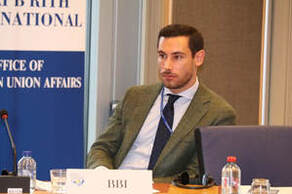
For Natalie Neubauer, an architect who is President of the Board of the Zwi Perez Chajes Jewish school of Vienna, “embracing Europe is a pragmatic choice.” Jewish communities across Europe remain small, and the EU gives a political space of open borders and a federative identity that enables Jewish communities to act collectively.
Jewish leaders in Europe are not naïve about the current political moment. In his former role as Director of E.U. Affairs for B’nai B’rith International, Benjamin Nägele regularly reported his concerns about the growth of populist radical right parties in national parliaments across Europe, and in the European Union Parliament. Safety also continues to be a prominent concern for synagogues and schools, a situation which is now normalized for much of world Jewry, but with which Jewish communities in Europe have grappled for decades.
This does not stop Nägele from his clear ambition of increasing the Viennese Jewish community to at least double its current size. The Community, he believes, needs to work on fostering a culturally rich and safe environment for Jews of all stripes, from ultra-Orthodox to secular, Ashkenazi and Sephardic.
Rabbi Elisa Klapheck, based in Frankfurt, Germany, also sustains cautious hope in European Jewry’s future. A professor of Jewish Studies at Paderborn University, Germany, and ordained by the liberal Aleph Rabbinic Program in Philadelphia, Rabbi Klapheck grew up between the Netherlands and Germany, and has dedicated her life’s work to articulating a new vision of Jewish political thought in Europe.
In Klapheck’s view, many of the European nationalist and democratic movements of the twentieth century had key Jewish figures whose Jewishness was significant in shaping their political worldview. In the post-Shoah era, Jewish communities in Europe have benefitted from waves of post-Soviet migration, and significant financial resources from state funding and communal assets. Yet, according to Rabbi Klapheck, Jews of Europe have yet to articulate a unique vision of their identity and role as European Jews.
The small Jewish community of Frankfurt, numbering just under 7000 members, is a model for what Klapheck believes is the potential inherent in a self-consciously European Jewry. The Jews of Germany, Klapheck notes, are “Not Zionist, but also not not-Zionist.” Like the Viennese community, one’s position vis-à-vis Israel is not the defining feature of the Frankfurt community. As a small community where everything from Orthodox to Liberal services are held under the same synagogue roof, the community has cultivated what Klapheck calls “the Frankfurt Model.” A diverse and intellectually rich community, the Frankfurt Model is “a hub of this new co-existence.”
Klapheck’s far-reaching vision of European Jewry insists that European Jewish political thought has reached a moment of reckoning. The Jews of Europe need to cultivate a clear political theology linking the tradition of Jewish democratic thought to the E.U. project. The generation that came of age after the emergence of the European Union might have a sense of European connectedness. But, for Rabbi Klapheck, this identity remains relatively superficial, a situation where younger generations see their identification with other Jews of Europe through the metaphoric and literal “machaneh,” the Jewish summer youth camp experience.
Rabbi Klapheck believes there are more significant questions at stake. Is the European Union a covenant, one that can be anchored within the Jewish political tradition? The European Union is a bold political experiment. It is a polity based on an extensive system of negotiating treaties, rather than a US-style federation or a top-down hierarchy. Klapheck sees a profound resonance between this form of governance and the principles of halacha, which, in Klapheck’s view, does not “rule from above, but entails a long process of discussion and negotiation.”
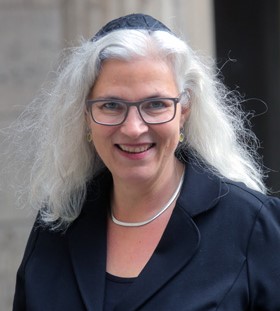
Communities such as the emergent Frankfurt Model and the Jewish community of Vienna defy a Zionist telos, but also defy the American presumption of a bi-polar world Jewry nested in either Israel or the US. Leaders like Klapheck and Nägele also critically engage non-Jewish publics in Europe to demand a normalization of the Jew in Europe.
A New Political Grammar?
The hopeful signs of European Jewry’s resurrection augur the advent of a revivified political imagination. The significance of a small community like Vienna is not numerical, but political, heralding new possibilities for political organization. The new imaginary percolating in Vienna and Frankfurt sees a model of Jewish existence rooted in local communities within a federal Europe. It is not merely a return to the age of European empires when local Jewish life was dependent on aristocratic patronage, and it is a rupture with twentieth century nationalist movements.
This new political grammar of Jewish life in Europe is not merely a theoretical project, but is already a sociological reality. Within Europe itself, this imaginary competes with other, more traditionally statist and bi-polar political imaginaries. We do not presume to know which vision will become ascendant. But the very fact of the contest points to the rich possibilities latent in these moments of historical transformation.
Dubnow linked the periodization of Jewish history to shifts within hegemonic configurations of power within world Jewry. Keeping in mind all of the necessary caveats about the fundamental uncertainty of (Jewish) history, we would nevertheless suggest that new thinking is required to navigate the current interregnum. The political languages that prevailed in the post-war period no longer capture the full range of available ideological options. Again, the point is not to claim that Europe has resurfaced as the new hegemonic center of world Jewry. Rather, it is that emergence of a confident European Jewry organized around a distinctive political grammar changes our sense of political possibility.
The catastrophe that decimated the European center, in Dubnow’s time, left Jews with a binary choice between liberalism and nation-state Zionism. The development of a trans-European Jewish political language heralds a return to the rich ideological diversity that prevailed before WWII. The communities in Vienna and Frankfurt offer a vision of federated local autonomies which, while distinct from their medieval and early-modern predecessors, nevertheless constitute a marked departure from the modes of Jewish politics associated with the nation-state. The realization that liberalism and nationalism do not exhaust contemporary Jewish options should resonate beyond Europe itself, changing the way that Israeli and North American Jews understand their own position within global Jewish controversies.
The European diaspora of Central Europe is now a pole of Jewish life carving out a place for itself as an autonomous hub of Jewish culture, neither a satellite to Israel nor to the US. It is cautiously emboldened by the delicate endurance of Jewish life in Europe, and by the possibilities opened by the novel political venture that is the European Union. “We are post-Shoah,” Rabbi Klapheck reflects. “We know what fascism is. We know what is the destruction of a political system. We know about fragility. Maybe we can offer inspiration to others.”
Julie E. Cooper and Dorit Geva
Julie E. Cooper is Senior Lecturer in the Department of Political Science at Tel Aviv University. Her research interests include the history of political theory, Jewish political thought, and modern Jewish thought. She is the author of Secular Powers: Humility in Modern Political Thought (Chicago 2013).
Dorit Geva is a political sociologist living in Vienna. She is Professor of Sociology and Social Anthropology at Central European University, where she is also currently Dean of Undergraduate Studies.
